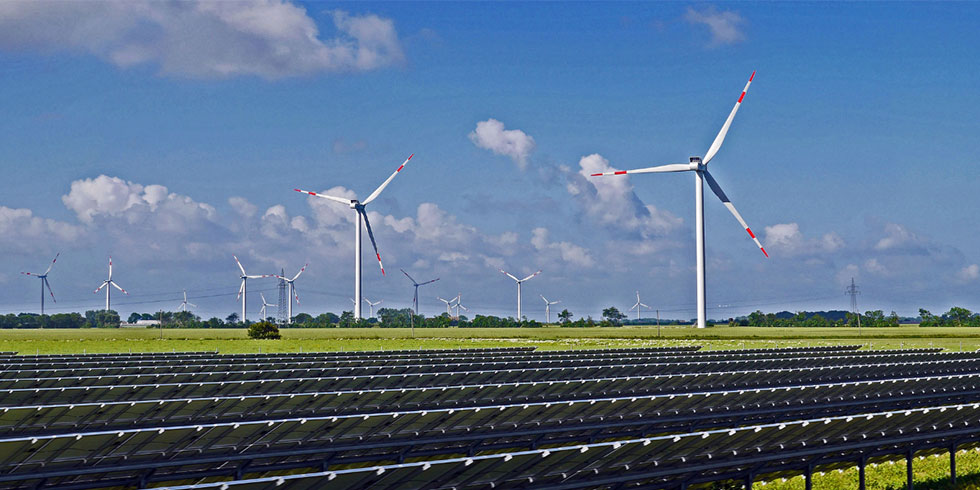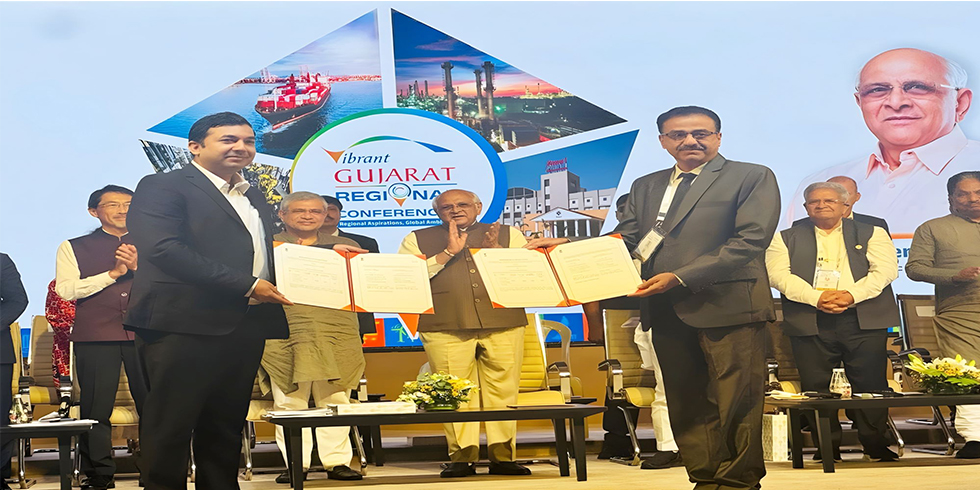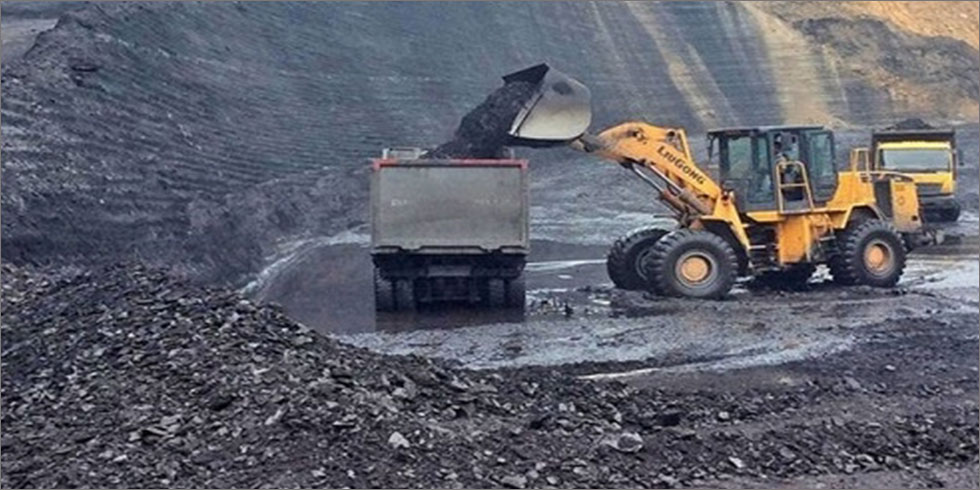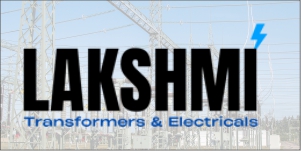According to an official announcement on Wednesday, India's non-fossil fuel-based power generation capacity will soon approach 300 GW, with over 40 gigawatts of renewable energy projects in advanced stages of negotiating power purchase agreements.
India's non-fossil fuel-based capacity was 256 GW as of September 30, comprising 8.78 GW of nuclear power and 50 GW of massive hydro.
The statement claims that over 40 gigawatts of renewable energy projects are in the advanced stages of securing transmission connectivity and executing power purchase and sale agreements.
The objective of having 500 gigawatt (GW) of renewable capacity by 2030 will be promoted by the additional projects, which would boost the nation's overall non-fossil fuel-based energy generation capacity to approximately 300 GW.
Driven by multi-pathway expansion, India's renewable growth continues to be among the fastest in the world. According to the Ministry of New and Renewable Energy (MNRE), more than 40 GW of awarded renewable projects are currently in the advanced phases of obtaining PPAs, PSAs, or transmission connectivity.
State agencies have performed bids for 3.5 MW of renewable projects this year, while Central Renewable Energy Implementing Agencies (REIAs) have conducted bids for 5.6 GW.
Furthermore, it is anticipated that in 2025, commercial and industrial (C&I) consumers will install almost 6 GW of renewable energy capacity.
As a result, RE capacity development is moving forward via a variety of channels rather than only REIA-led bids.
According to the MNRE, despite global challenges like supply-chain disruptions, volatile module pricing, and stricter finance requirements that have slowed commissioning schedules, India is still adding 1525 GW of new renewable capacity yearly, which is among the quickest growth rates in the world.
Regarding policy support, the ministry stated that domestic manufacturing is fostering industrial depth and decreasing reliance on imports through the implementation of the Approved List of Models and Manufacturers (ALMM), the production-linked incentive (PLI) scheme, domestic content requirements, duty imposition, and duty exemptions for capital equipment.
Power generation occurs after transportation, and the MNRE stated that it is developing techniques to guarantee a constant supply.
It stated that the government has implemented arrangements to boost interregional transmission capacity from 120 GW to 143 GW by 2027 and 168 GW by 2032, as well as establish High-Voltage Direct Current (HVDC) corridors.











Add Comment